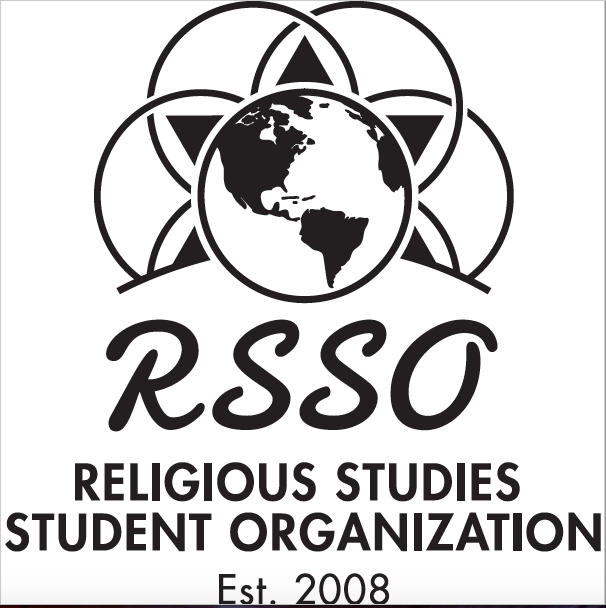Moderator
Dr. David DiValerio
Location
University of Wisconsin - Milwaukee
Start Date
12-4-2014 11:00 AM
End Date
12-4-2014 12:00 PM
Abstract
The Paiwan are an indigenous group living in Taiwan. Traditionally, they identify themselves as the descendants of a marriage between a human woman and a serpent. This first husband has been deified, and it is believed that after death, spirits join it on a holy mountain. In the past, the majority of villages sacrificed a portion of their intake of food stuffs to both gods and spirits in a quintennial celebration. Other stories and domains of the religion dealt with a parallel spiritual realm, responsible for most ailments, and cured by witches and priests.
Cultural and religious practices of the Paiwan have survived occupation by the Chinese Qing Dynasty, the Japanese, and the post-World War II move of the Republic of China to the island, though not without adapting and changing major elements. Some of the practices have also been adjusted to fit in with mass conversions to Christianity. Yet the religious ceremonies of the Paiwan are being practiced by fewer and fewer people in the modern era as the populations lose their younger generations to the opportunities of the larger cities.
Modernization within the group has been dictated by foreign pressures, and drives to unify Taiwan as a single cultural entity. This has led to the reidentification of the Paiwanese religion as a uniquely Taiwanese tourist draw. Today it seems as if disappearing ceremonies, such as the Maleveq (Five Year Ceremony), have been revived through tourism. The desire by Taiwan to identify itself separately from mainland China has led to renewed interest to identify and encourage indigenous development. This has generated new interest in the preservation of religious practices for the Paiwan, specifically.
Yet as religion is made spectacle, it is also simplified. Defining cultural elements are often lost in translation, while cultural motifs can be preserved in image only as they are made available for sale on art objects. In the end, tourism can be seen as a means of preserving dying religious practices, and a new step in the evolution of a spirituality.
Religion as Identity, the Changing Face of Paiwan Spirituality
University of Wisconsin - Milwaukee
The Paiwan are an indigenous group living in Taiwan. Traditionally, they identify themselves as the descendants of a marriage between a human woman and a serpent. This first husband has been deified, and it is believed that after death, spirits join it on a holy mountain. In the past, the majority of villages sacrificed a portion of their intake of food stuffs to both gods and spirits in a quintennial celebration. Other stories and domains of the religion dealt with a parallel spiritual realm, responsible for most ailments, and cured by witches and priests.
Cultural and religious practices of the Paiwan have survived occupation by the Chinese Qing Dynasty, the Japanese, and the post-World War II move of the Republic of China to the island, though not without adapting and changing major elements. Some of the practices have also been adjusted to fit in with mass conversions to Christianity. Yet the religious ceremonies of the Paiwan are being practiced by fewer and fewer people in the modern era as the populations lose their younger generations to the opportunities of the larger cities.
Modernization within the group has been dictated by foreign pressures, and drives to unify Taiwan as a single cultural entity. This has led to the reidentification of the Paiwanese religion as a uniquely Taiwanese tourist draw. Today it seems as if disappearing ceremonies, such as the Maleveq (Five Year Ceremony), have been revived through tourism. The desire by Taiwan to identify itself separately from mainland China has led to renewed interest to identify and encourage indigenous development. This has generated new interest in the preservation of religious practices for the Paiwan, specifically.
Yet as religion is made spectacle, it is also simplified. Defining cultural elements are often lost in translation, while cultural motifs can be preserved in image only as they are made available for sale on art objects. In the end, tourism can be seen as a means of preserving dying religious practices, and a new step in the evolution of a spirituality.

